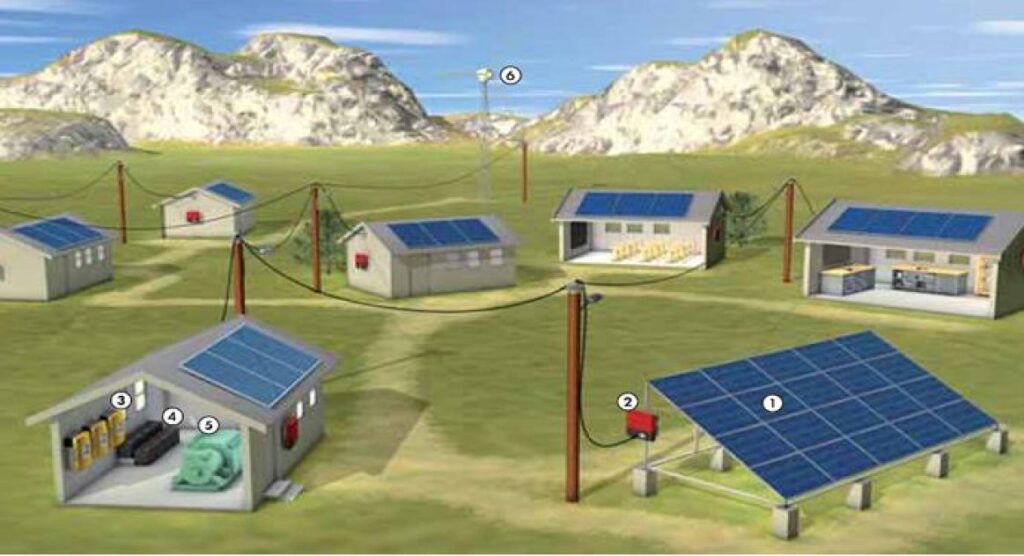In today’s world, power outages can have significant consequences. Businesses and organizations rely on uninterrupted power supply to maintain operations and avoid data loss. Homes may also experience power outages, leading to inconvenience and safety concerns. Reliable power backup systems are essential to mitigate the impact of power interruptions and ensure continuity of critical functions.
There are various power backup system options available to suit different needs and budgets. Uninterruptible power supplies (UPS) provide immediate backup power for critical equipment, preventing data loss and system crashes. Generators offer longer backup durations but require fuel and maintenance. Solar energy systems can provide sustainable and off-grid power solutions, but they may require initial investment and careful planning. By understanding the different types of power backup systems and their advantages, you can make an informed decision to choose the right solution for your specific requirements.
Uninterruptible Power Supply (UPS) Systems
UPS systems are designed to provide uninterrupted power supply during power outages. They come in three main types:
- Online UPS
These systems provide the highest level of protection, delivering clean and conditioned power continuously, even during power outages. They are ideal for critical applications that cannot tolerate any interruptions in power supply.
- Line-Interactive UPS
Line-interactive UPS systems provide voltage regulation and surge protection, but they may experience a brief power interruption during a complete power outage. They are suitable for applications that can tolerate short disruption.
- Offline UPS
Offline UPS systems only provide backup power during power outages. They are typically less expensive than online and line-interactive UPS systems but offer lower levels of protection.
Generators
Generators are a popular choice for power backup, especially in areas with frequent power outages or for applications requiring large amounts of power. Generators can be powered by different fuels, like diesel, gasoline, or natural gas.
When choosing a generator, consider the following factors:
- Power Output
Ensure the generator’s power output is adequate to meet your needs.
- Fuel Type
Select a fuel type that is readily available and cost-effective in your area.
- Noise Level
If noise is a concern, consider a quieter generator or install it in a soundproof enclosure.
- Portability
If you need a portable generator, choose a model that is lightweight and easy to transport.
Future Trends In Power Backup Systems
Power backup technology is constantly evolving, with new innovations and advancements emerging regularly. Some of the trends to watch include:
- Integration with Smart Grid Technologies
Power backup systems are increasingly being integrated with innovative grid technologies, enabling better communication, control, and optimization of energy usage.
- Advancements in Battery Storage
Ongoing research and development are focused on improving battery technology, leading to longer-lasting, more efficient, and cost-effective storage solutions.
- Increased Use of Renewable Energy
As renewable energy sources come to be more affordable and accessible, power backup systems are increasingly incorporating solar, wind, and other renewable technologies.
- Microgrids
Microgrids, which combine distributed energy resources and local storage, are gaining popularity as a decentralized and resilient power backup solution.
As technology continues to advance, we can await to see even more innovative and efficient power backup solutions in the future.
Solar Power Systems
Solar power systems can be a sustainable and cost-effective option for power backup. They consist of solar panels, inverters, and battery storage systems. Solar power systems can develop electricity during the day and store it for use during power outages or at night.
Battery Storage Systems
Battery storage systems can be used in convergences with other power sources to provide backup power. They are available in various types, including lead-acid, lithium-ion, and flow batteries.
Hybrid Power Systems
Combining multiple power sources, such as generators and solar panels, can create a hybrid power system that offers greater flexibility and reliability. Hybrid systems can be designed to prioritize different energy sources based on factors like cost, availability, and environmental impact.
Factors To Consider When Selecting A Power Backup System
When choosing a power backup system, consider the following factors:
- Power Requirements
Determine the amount of power you need to back up.
- Budget Constraints
Set a budget for your power backup system and consider the long-term costs of managing and maintenance.
- Environmental Factors
If environmental impact is a concern, consider solar power or other renewable energy sources.
- Installation and Maintenance Requirements
Evaluate the complexity and cost of installation and ongoing maintenance for each type of system.
- Regulatory Compliance
Ensure that your chosen power backup system complies with local regulations and safety standards.
Conclusion
Selecting the right power backup system is essential for ensuring business continuity and protecting critical equipment. By carefully considering the parts discussed in this article, you can choose the most suitable solution for your specific needs.
Secure Your Power Supply with Schneider Electric’s Power Backup Solutions
Looking for a reliable and efficient power backup system? Schneider Electric offers a comprehensive range of solutions to meet your specific needs. Our experts can help you assess your power requirements, choose the right components, and ensure optimal performance.
